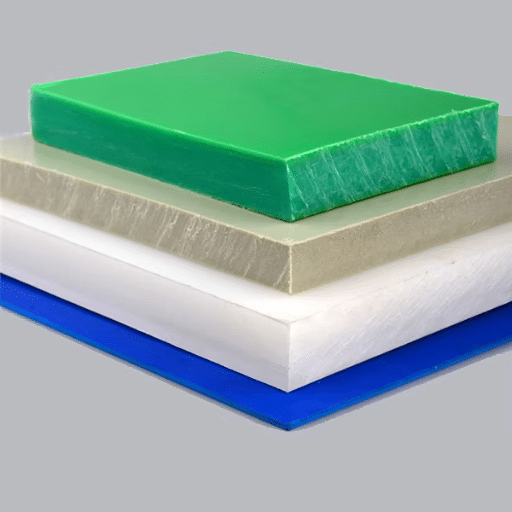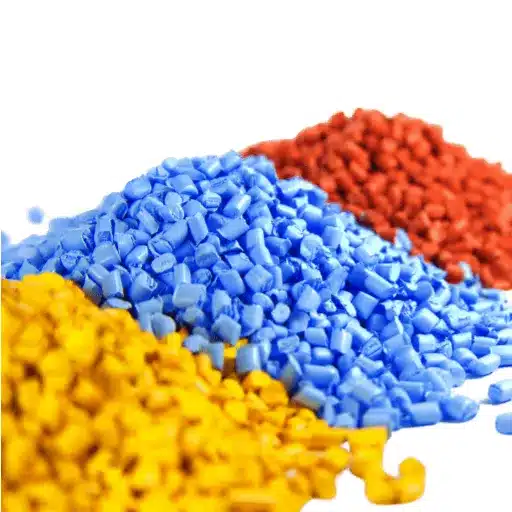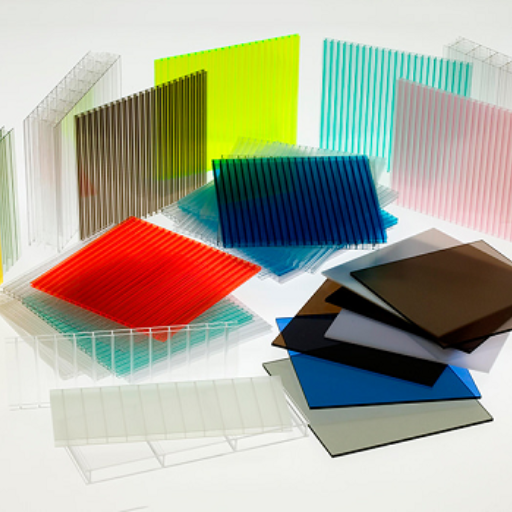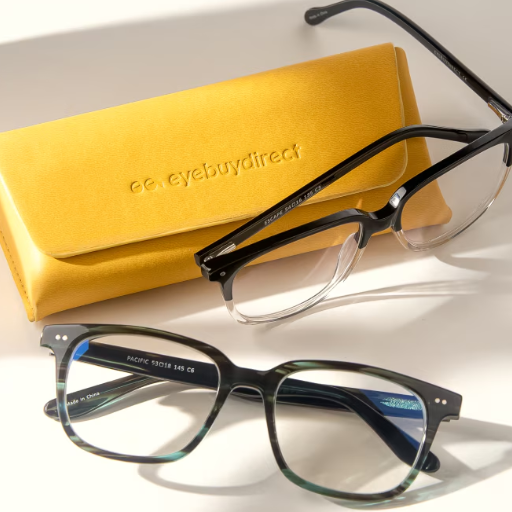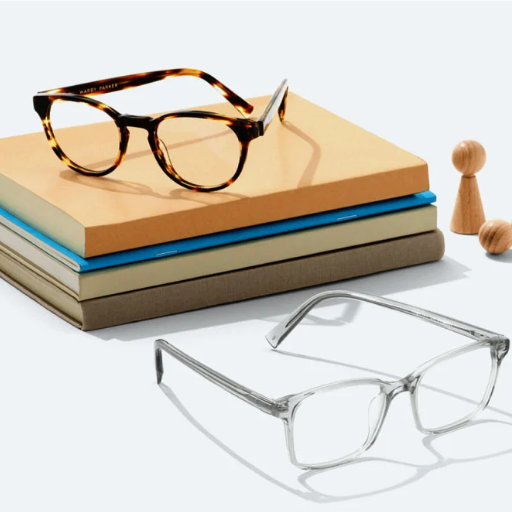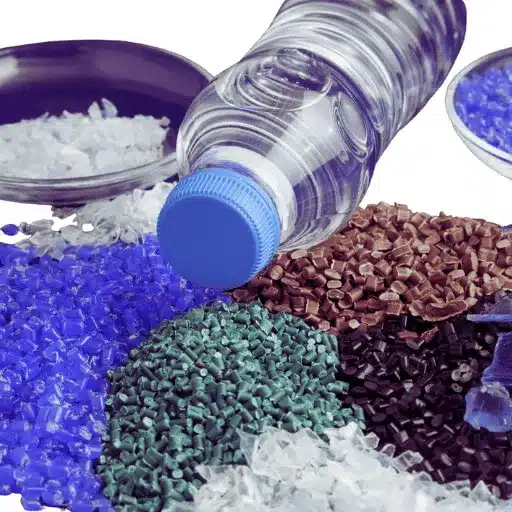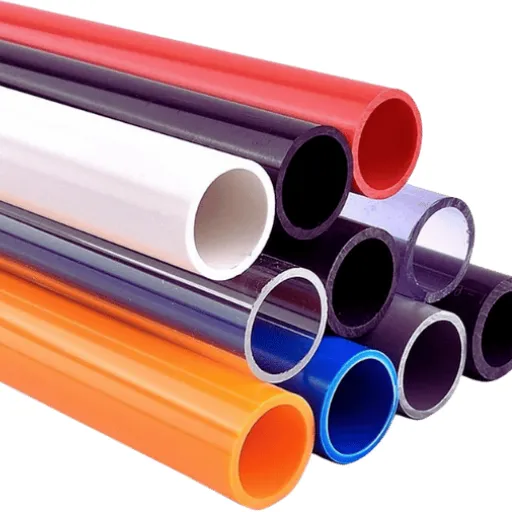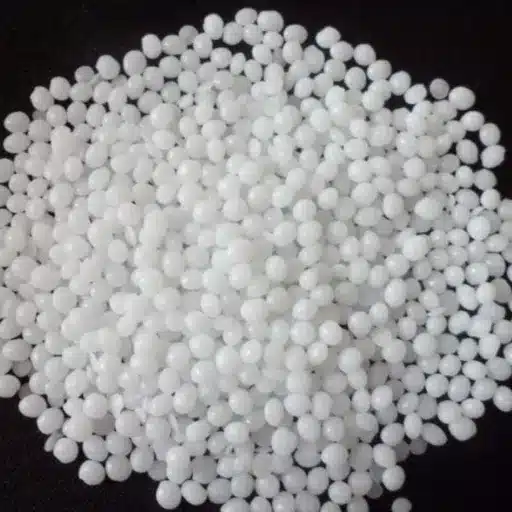When it comes to selecting the most appropriate lens for your spectacles, it is essential to understand the differences between plastics and polycarbonates. Both materials are the most common in lens-making, but there is a large difference in their properties, weight, deflection, and strength to deformation. The selection can be so critical that it may have an impact on your vision, comfort and sometimes even on your safety in some places. That is why this article examines the most crucial aspects of plastic and polycarbonate lenses, offering guidance to help you make an informed choice that meets your needs. Be it the design of the prescription glasses, sunglasses, or even protective wear, being familiar with these materials will enable you to gauge what is most suitable, especially for the kind of lifestyle you lead.
Introduction to Common Types of Lens Materials
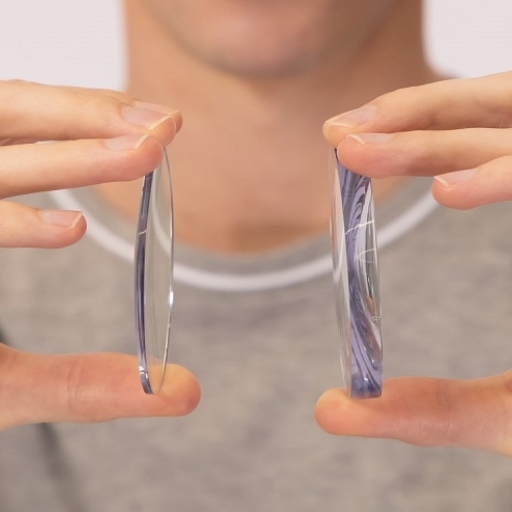
One of the most critical factors of eyeglass production is the selection of the lens material. Lens materials are mostly classified into two classes: plastics and polycarbonate. Plastics are traditionally made from CR-39 and possess many properties such as lightweight, versatility, and good clarity. These features make it one of the best materials for light wear, but do not confer it with high resistance to high stress, such as in drop tests, and are hence more prone to breakage.
When it comes to Polycarbonate lenses, safety is the focus. They are designed to resist breaking or shattering to a greater extent so they can be used for safety spectacles, sports goggles, or the spectacle of children. Diet but relatively more resistant to scratching coatings or films, thinner and lighter than the plastic lenses, scratches may be easier on the lenses. The factors influencing the choice of the lenses now revolve around matters such as weight, strength, and size requirements.
Overview of Different Types of Lenses
| Lens Type | Key Features | Best For | Limitations |
|---|---|---|---|
| Single Vision Lenses | One prescription across the entire lens | General vision correction | Limited to one field of vision |
| Bifocal Lenses | Two prescriptive areas, distance and near | Reading and distance needs | Visible line separating prescriptions |
| Trifocal Lenses | Three zones for near, intermediate, distance | Multi-purpose vision correction | Reduced aesthetics, visible segments |
| Progressive Lenses | Smooth transition between prescriptions | All distances, modern style | Adjustment period required |
| Polycarbonate Lenses | Impact-resistant, lightweight | Safety glasses, active lifestyles | Susceptible to scratches without coating |
| High-Index Lenses | Thinner design for strong prescriptions | Reducing lens thickness | Higher cost |
| Photochromic Lenses | Automatically darken in sunlight | UV protection, convenience | Slow transitions in some situations |
| Polarized Lenses | Reduces glare and improves clarity | Outdoor activities, driving | Not ideal for digital screens |
| Anti-Reflective Lenses | Reduces glare and reflections | Night driving, prolonged screen use | Requires regular cleaning |
| Blue Light Blocking Lenses | Blocks blue light from screens | Digital device users | May not suit all lighting conditions |
| Transition Lenses | Combines photochromic and prescription lenses | Indoor and outdoor use | Costlier compared to regular lenses |
| Tinted Lenses | Fashionable coloration, light filtering | Aesthetic appeal, specific purposes | Not protective against harmful UV rays |
What are Plastic Lenses?
A type of refractive index correction optical instrument, which has been improved over the years, is the plastic lenses. These are crafted from plastic or polymers which are light in nature and are robust. Some of the widely used materials are CR-39 compounds, which have gained popularity due to their clarity and relatively lower cost. These lenses are unlike the glass lenses, which are heavy; they are filled with still air spaces and are lighter, offering better wearing comfort during longer periods of wear.
These lenses are also break-resistant, and this guarantees eye comfort and safety for the users. This is especially an advantage for the athlete who suffers from glasses, wherein glasses may spoil or break in the middle of a sporting activity. In line with this, advancements in coatings aimed at enhancing the lenses have been discovered, including lenses that have coatings that resist reflections, are scratch resistant, and those that protect the user from ultraviolet light. Be that as it may, it should be noted that the wear resistance of plastic lenses is significantly lower in comparison to glass lenses and therefore users have to wear coats. These lenses have many applications, especially in areas where vision is demanded, and this explains why manufacturers have a huge market for producing such items.
What are Polycarbonate Lenses?
A type of polycarbonate material in the optical field is the lenses for eyeglasses that are shatter-resistant and very light. Its application started with the aviation industry where it was used for the design of certain components. Polycarbonate is a petrochemical product which is used in place of glass and is extremely resistant to electrical heat and other hazards in factories and plants.
These lenses can also be worn as sports glasses or safety glasses for work, and also for small children, because they are not easily scratched or broken. Polycarbonate lenses absorb all the UV rays that are present in the environment while in use. The lenses are not bulky like other lens materials, making them useful for people with high prescriptions in addition to reducing distortions to bearable levels. But compared to glass or any other lens, Polycarbonate lenses are soft and therefore prone to scratch, prompting the need for a hard coat for longevity of clarity. A selection of amazing features, including safety, durability, and protection from UV rays, makes them a leading option to meet a lot of the sight needs.
Comparative Analysis of Plastic and Polycarbonate Lenses
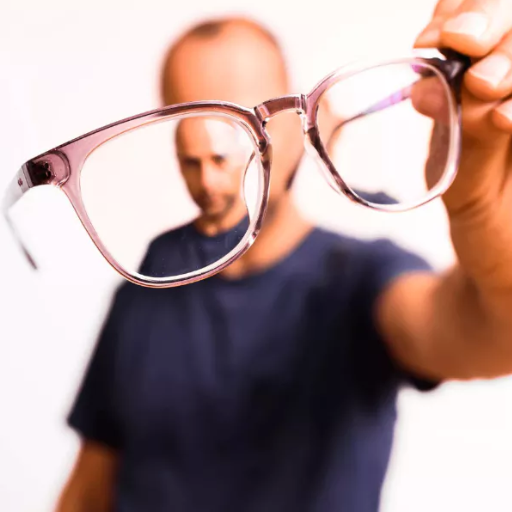
Plastic Lenses
- Material: CR-39 compounds
- Weight: Lightweight but heavier than polycarbonate
- Durability: Break-resistant but less impact resistant
- Scratch Resistance: Better natural scratch resistance
- UV Protection: Requires coating for UV protection
- Cost: More affordable option
Polycarbonate Lenses
- Material: Polycarbonate polymer
- Weight: Ultra-lightweight (25-30% thinner)
- Durability: Exceptional impact resistance
- Scratch Resistance: Requires coating for scratch protection
- UV Protection: Built-in 100% UV protection
- Cost: Higher price point
Durability and Safety
The major strength of polycarbonate material is its resistance properties. The resistance and covalent bond formation within the structure of a polycarbonate lens comprise the ability of the latter to withstand different implements and so would not break like a plastic lens would. Only that plastic lenses are not usually recommended for high-strain applications as they are also more likely to break when subjected to high forces.
Weight and Thickness
Polycarbonate lenses are far more slender and lighter than those made of plastic, eliminating their bulkiness caused by the need to correct the vision of strong lenses. This would mean that wearing a pair of such lenses for use, particularly for those with progressive or high-powered lenses, would be a more comfortable experience.
Scratch Resistance
Plastic lenses are more scratch-resistant than Glass lenses when no external coatings are applied. Polycarbonate lenses, however, due to their softer materials, will need a scratch-resistant film to enhance their life and avoid scratches.
Optical Clarity
The Abbe value of plastic lenses is generally higher than that of glass lenses, thereby facilitating improvement of the definition of such lenses. However, the difference is usually minimal in almost any circumstance and it is difficult to detect it when using the lens on a daily basis.
UV Protection
Polycarbonate lenses have a naturally high UV blocking capacity of up to 100%, protecting the eye wearer without any requirement for extra applications. Contrastingly, Plastic lenses have to be coated with a UV protection to make them comparable to polycarbonate optical lenses.
Impact Resistance and Safety Features
Safety Standards: Polycarbonate lenses meet stringent safety standards, including ANSI Z87.1 and EN166, making them ideal for high-risk environments and activities.
Exceptional impact resistance is a major feature of polycarbonate lenses, which greatly surpass the effectiveness of conventional plastic or glass lenses. Results in breakage of this material are virtually zero as a result of its high Young’s modulus and superior ability to absorb and suspend high forces without any failure, which is why it is well-suited for environments where safety orientation is maintained.
Moreover, the scope of their use is not limited to universal styles but also includes different specialized types, such as industrial safety spectacles, sports spectacles, and ballistic-rated protective clothing, each designed especially for particular high-danger activities. The capacity of the surface to withstand damage and adverse environmental conditions to avoid scratches, chips, or breakage not only contributes to a decrease in harm to the wearer but also prolongs the life of the lenses.
Applications and Use Cases
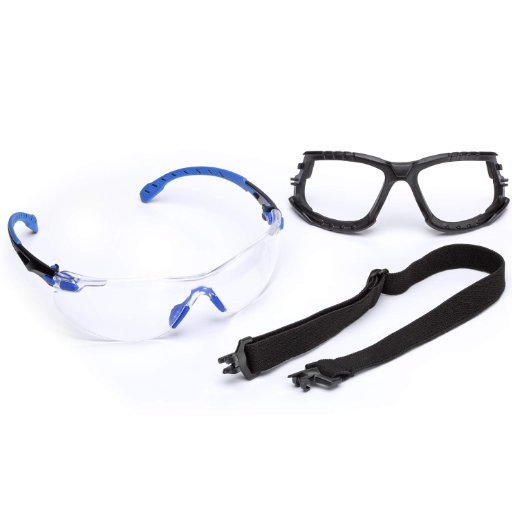
Common Uses for Plastic Lenses
Eyeglasses and Contact Lenses
Polycarbonate and CR-39 are two of the most preferred plastic lenses. Unlike glass lenses, CR-39 lenses are 10 times more resistant and thus are suitable for use in safety and sportswear, although they can still be used in areas where high optical clarity is needed. Even in the 21st century, more than 90% of prescription lenses used medical spectacle lenses are made of polymers due to the materials’ high resistance potential and low volume.
Safety Goggles and Industrial Protection
Plastic lenses are critical in protective gear, which includes industry-grade spectacles and face guards, for employees working in industrial sectors. These are collected from the byproducts of the hazards, ranging from the flying materials, burns, chemical splashes, and so on, that may pose more risks in the work atmosphere.
Sunglasses and UV Protection
Fashion-forward sunglasses, for instance, make good use of synthetic lenses that are oxygen-permeable yet come ready and fitted with UV protection layers meant to protect eyes from those harmful UVA and UVB solar rays.
Optical Instruments
The lenses are increasingly used in optical instruments like cameras, telescopes, microscopes, and rubber pads, due to their versatile nature and light weight. Research also provides quantifiable evidence of the impact of plastic lenses in reducing the weight of optical equipment up to 50% thereby augmenting the mobility and functional effectiveness.
Consumer Electronics
It is common to find plastic lenses on most smartphones, VR headsets, or AR glasses today. They can even incorporate specialized features such as blue-light cutoff filters and high refractive power.
Common Uses for Polycarbonate Lenses
Industrial Safety Applications
- Industrial Safety: Within the industries, polycarbonate is normally used because it has various advantages of being able to resist the effects of flying materials and splashes of chemicals in the eyes by a person.
- Sports Eyewear: Athletes mostly use sports glasses because of their light weight and resistance to impact with polycarbonate mounting.
- Military and Tactical Gear: High velocities, projectile shields and protective eyewear, glasses, are made of the polycarbonate material.
- Prescription Glasses: Polycarbonate helped to make everyday eyewear more durable, and also to maintain prescription goggles.
Automotive Industry
Polycarbonate lenses also have significance within the automotive industry, contributing to headlights, rear lights, and control panel manufacturing. As they are light and durable it is no wonder that these prior attributes can help in fuel reduction and improvements in vehicle safety. The market of global automotive polycarbonates will reach $2.8 billion by 2028, with the increase in electric vehicles and fuel-efficient cars.
Medical Applications
Few medical devices in the healthcare industry will run devoid of polycarbonate lenses. These polycarbonate products are not only developed to comply with strict health and safety regulations, but also tailored to suit the end use of the optical equipment for the medical devices, as the case may be.
Cost Comparison: Plastic vs Polycarbonate Lenses
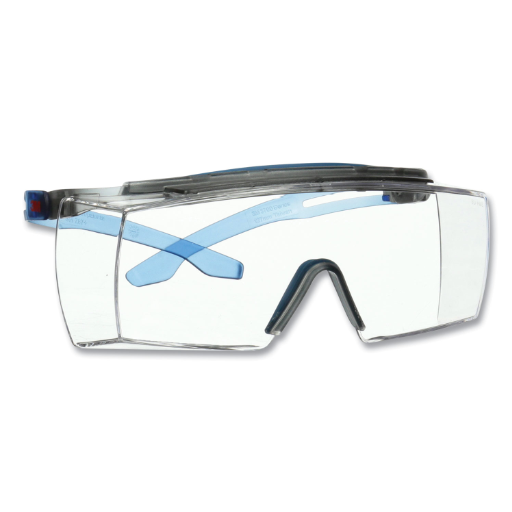
Price Range for Plastic Lenses
Price Range: $30 – $150 depending on coatings and modifications
Typically, people in need of spectacles opt for plastic lenses since they are less expensive than most other glasses. Wearers who want to use basic single plastic lenses for vision correction will tend to be more on the low side of the price offerings. Yet some factors, such as the addition of anti-scratch, anti-reflection, or UV protection, can shoot up the price. This affordability ensures plastic lenses are an option for use to a large audience at very minimal performance compromise in normal satisficing.
Price Range for Polycarbonate Lenses
Price Range: $50 – $150 on average, with additional costs for specialized coatings
The costs of polycarbonate lenses are higher compared to the regular lenses due to the enhanced robustness, strength towards impacts, and their weight. These values are arrived after accounting for additional costs due to the available scratch-resistant coatings, antireflection treatment for lenses, and use of the blue cut in lenses. Most polycarbonate lenses come with 100% UV protection as part of the basic made-to-order lens, as well is that it is automatically priced into the purchase of these lens designs as a value add.
Value for Money: Which Lens is Worth It?
When assessing lenses in terms of their cost-effectiveness, there are several elements that must be taken into account, such as construction quality, optical tools, and price, as well as accessories like UV rays filtration or specific coating. For one thing, polycarbonate lenses are constructed notably to be lightweight for the consumer, durable and have greater impact resistance to suit the active lifestyle of users requiring sturdy prescription eyewear.
Yet, one may look at the flip side of these budget-friendly options – traditional plastic lenses. Budget-friendly in most cases, these lenses may only be suited for those who reside in a low-impact environment or U for body movements, such as athletes lenses for occasional use. Despite all these points, the right decision still leans towards the assessment of what the person normally does with their eyes, what they expect to achieve using the new glasses, and the amount of money one has to spend in order to get a new pair.
Choosing the Right Lenses for Your Needs
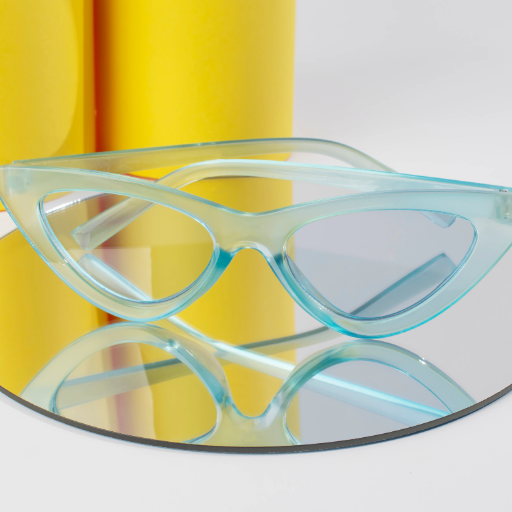
Lens Material Considerations
Polycarbonate and Trivex lenses are beneficial because they are tough and do not weigh anything. They are rather preferable, particularly for kids and also for someone given to sports. However, glass lenses are the safest in terms of tough scratching. But this comes at the cost of very high resistance to scratching and shattering, plus the weight.
Prescription Requirements
Another scope of their application is in prescription power high-index lenses, since due to their more refined design, they are equivalent to less volume or edge thickness, thereby improving one’s wearing comfort at maximum limits and high performance ability too.
Coatings and Treatments
A coating that reduces the glare from lenses adds some lines of clarity. On the other hand, those coatings usually provide longer durability and also protect the eyes from harmful light. On a related note, transition glasses are also convenient because they adjust to the sunlight.
Lifestyle Considerations
- Active Lifestyles: Sports or outdoor labor requires polarized lenses or options that do not shatter easily
- Professional Environments: Consider anti-reflective coatings for screen work
- Children’s Eyewear: Polycarbonate recommended for safety and durability
Outdoor Activities: Lens Recommendations
Whenever you are outdoors, you must always focus on the lenses which are a successful mix of good visual capability as well as protective quality. When focusing on outdoor projects in the sun, the first thing the experts will ask the participants to look at will be the polarized lenses to eliminate any stress coming from reflected glare from water or snow, offering much better visibility.
For individuals participating in sports or occupations that require significant physical activity or exertion, the use of polycarbonate lenses is recommended due to their strength and resistance to impact. Also, photochromic lenses can adapt to changing light without the user’s intervention by changing their shade, making it comfortable under appropriate light conditions.
Reference Sources
-
All About Vision: Polycarbonate vs. Plastic Lenses: This article compares the advantages and disadvantages of plastic (CR-39) and polycarbonate lenses. Plastic lenses are lightweight, durable, and cost-effective but thicker and less impact-resistant. Polycarbonate lenses are thinner, more impact-resistant, and provide 100% UV protection but are more expensive and prone to scratches.
-
Revant Optics: Polycarbonate vs Plastic Lenses: This article discusses the historical development and practical applications of both lens types. It emphasizes that polycarbonate lenses are better for safety and outdoor use due to their impact resistance and UV protection, while plastic lenses are a cost-effective option for everyday eyewear.
Frequently Asked Questions (FAQs)
Q: What are the advantages and disadvantages of polycarbonate lenses?
A: Polycarbonate lenses offer a range of advantages, including being impact-resistant and lighter than plastic lenses. They are particularly suitable for safety glasses and eyewear for active lifestyles. On the downside, polycarbonate lenses can be more expensive than regular plastic lenses. They can also scratch more easily than glass lenses unless coated with a scratch-resistant finish.
Q: How do plastic lenses compare to glass lenses?
A: When comparing plastic lenses to glass lenses, it’s essential to consider factors like weight and durability. Plastic lenses are generally lighter and less likely to shatter upon impact, making them a safer option for children and active individuals. However, glass lenses offer better optical clarity and are less prone to scratches if treated properly. In contrast, plastic lenses provide comfort and flexibility, which can be advantageous for everyday wear.
Q: Are polycarbonate lenses the right choice for everyone?
A: While polycarbonate lenses are an excellent option for many, they may not be the right choice for everyone. People who require high-prescription lenses might find higher index lenses more suitable, as they can provide thinner and lighter options. Additionally, those who prioritize optical clarity may prefer glass lenses. However, if you need impact-resistant lenses for activities like sports or biking, polycarbonate lenses are highly recommended.
Q: What should I consider when choosing the right lenses for my glasses?
A: When choosing the right lenses for your glasses, consider factors like lens material, prescription strength, and lifestyle needs. If you lead an active lifestyle, you might opt for polycarbonate lenses due to their lightweight and impact-resistant properties. For better optical clarity, glass lenses can be a better choice, albeit at the cost of weight. Understanding plastic lenses and their variations, like photochromic lenses that adjust to light, can also enhance your eyewear experience.
Q: What are the benefits of using photochromic lenses?
A: Photochromic lenses are designed to adapt to changing light conditions, providing added convenience for those who frequently transition between indoor and outdoor environments. These lenses darken in sunlight and become clear indoors, eliminating the need for a separate pair of sunglasses. They are available in various materials, including polycarbonate and high-index options. While photochromic lenses offer versatility, they may not darken as effectively in vehicles due to UV filtering.






